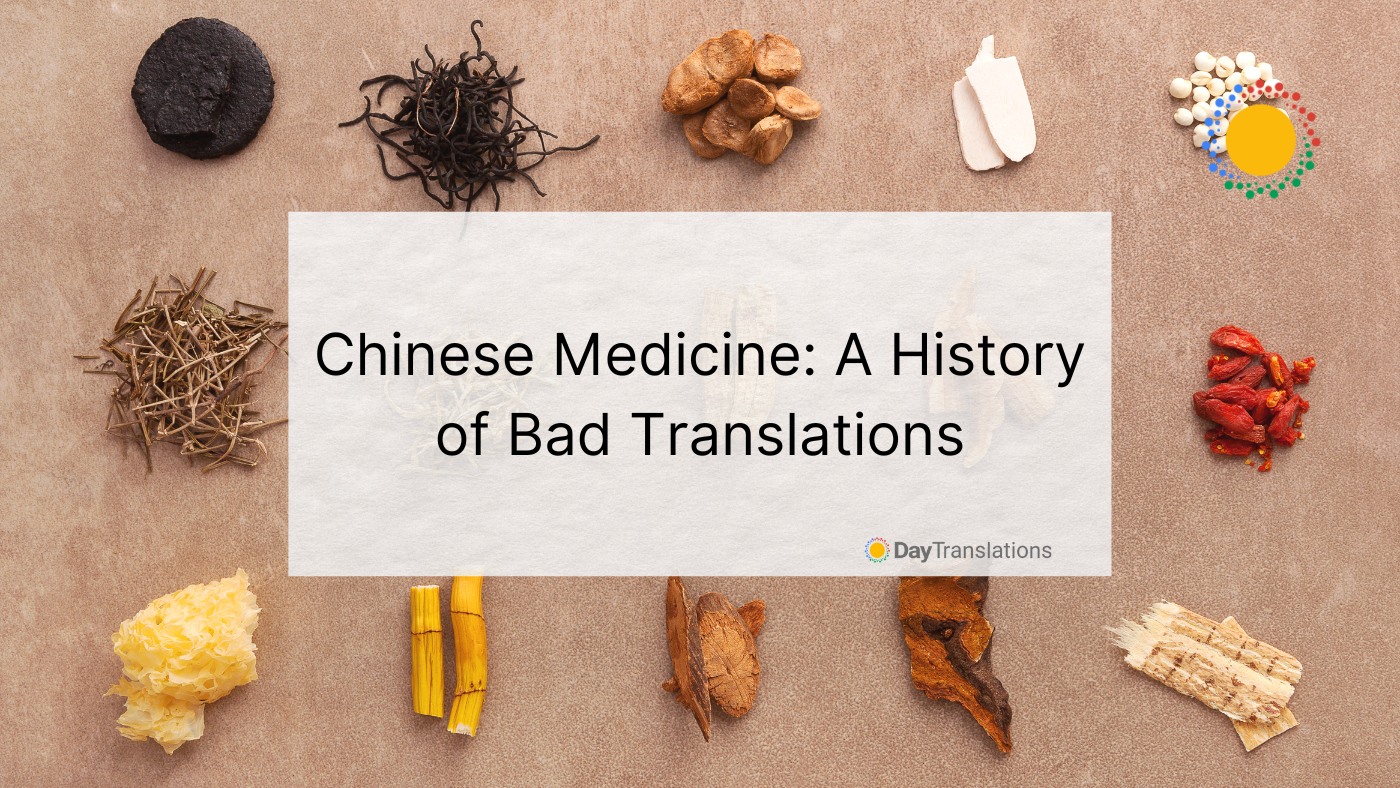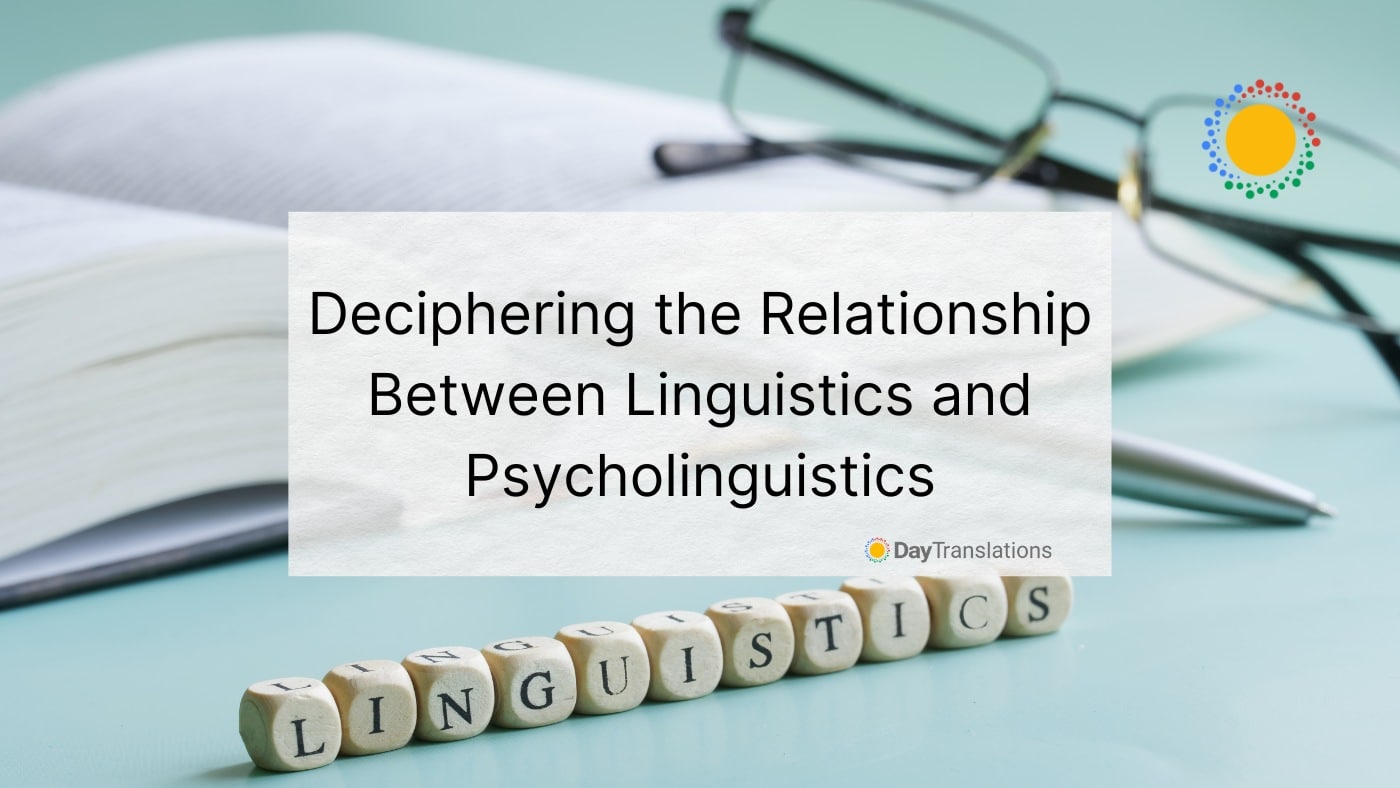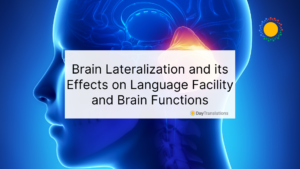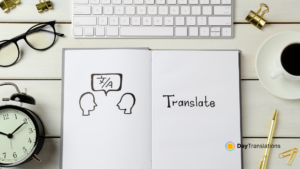Chinese medicine has been practiced for thousands of years and is used by millions worldwide. Unfortunately, the accuracy of Chinese medicine translations has often been called into question due to the cultural and language differences between Chinese and other languages.
This blog post aims to explore the history of Chinese medicine and how it has been affected by the use of poor translation services. We will look at the challenges translators face when dealing with such a complex subject and the consequences of inaccurate translations in medicine and clinical trials.
The Origins of Chinese Medicine
Chinese medicine is an ancient system of medical practice that has been used to treat ailments and promote health and well-being for thousands of years. The earliest written records of Chinese medicine date back to the 3rd century BCE, when the first Chinese emperor, Qin Shi Huang, established his Imperial Medical Academy. Traditional Chinese Medicine (TCM) is based on the theories of Yin and Yang, the Five Elements, and the use of herbs, acupuncture, and moxibustion as healing modalities. In the early days, practitioners relied on oral tradition to pass down their knowledge of medicinal plants, which were carefully collected from the wild and prepared into decoctions and tinctures. Over time, the use of herbal medicines was expanded to include the diagnosis and treatment of a wide range of illnesses.
Mistranslations Into Western Medicine
In the 19th century, the traditional teachings of oriental medicine began to spread to the West. As part of this process, texts about Chinese medicine were translated from their original Chinese into English and other European languages. Unfortunately, these translations were often inaccurate or incomplete, leading to misunderstandings and misinterpretations of some of the more complex concepts in alternative medicine. This led to a growing number of practitioners who were not fully versed in the true principles and practices of Chinese medicine, thus compromising its effectiveness. In recent years, there have been efforts to improve the accuracy of Chinese translations in order to better educate each TCM practitioner and patients alike on the true power of this ancient system of healing.
The First Bad Translation of Chinese Herbal Medicine
The story of Chinese medicine and its bad translations began in 1688 when Louis XIV of France sent five Jesuit missionaries to China. The mission was to collect documents about traditional medicine, which would be brought back to Europe for further study. Jesuits were often multilingual, and they translated the documents from Mandarin to French without knowing the culture or the vocabulary of a native.
They mistook several phrases or names in traditional Chinese medicine and decided to give alternatives in French in a very literal way. One common example is the word “Xue Mai” (blood vessel), and this is how the worldwide word “Meridian” was born: from its French translation that means Big Sea/Grand Mer. Nowadays, those bad translation subsides as the original word and is used in all Chinese Medicine globally. It was because of these bad translations that it was created the “bible” of Acupuncture: Huangdi Neijing (HDNJ), or Yellow Emperor’s Internal Classic. Every Chinese Medicine Doctor has this book for support in alternative therapies.
The Rise of Traditional Chinese Medicine
In the late 20th century, Chinese medicine gained a foothold in Western medical practice. In the early days, translations of ancient medical texts were often poor and inaccurate. The result was that many Western practitioners had limited knowledge of the true power of this ancient healing art for it to be incorporated as a complete medical system.
However, over time the quality of translations of Chinese texts improved dramatically, allowing for a better understanding of the theory and practice of Chinese Medicine. This led to the rise of Traditional Chinese Medicine (TCM) in the West, with practitioners being able to offer treatments that incorporated ancient Chinese practices with modern scientific knowledge. TCM treatment and Chinese herbal products was considered fundamental in the health care sector and was starting to be used to treat serious conditions by those practicing TCM.
Benefits of Oriental Medicine
The benefits of TCM have been widely documented. Patients report improvements in their health and wellness, including reduced pain, increased energy levels, and an overall sense of well-being. Additionally, because the treatments are non-invasive and drug-free, they are seen as a safe option for those looking to improve their health without taking medications. From treating female infertility to assisting with a detox of heavy metals from the body, Chinese dietary supplements can be used as a treatment for a range of health problems without causing any serious side effects.
Today, TCM is growing in popularity in the West, thanks partly to improved Chinese translations that allow for a more accurate understanding of the original texts. As knowledge of this ancient healing art continues to improve, more people will be able to access its powerful healing properties and understand its treatment range.
The Importance of Professional Translation
Translations are essential for both connecting and communicating with people from different cultures. The accuracy of a translation is critical for ensuring that the intended message is correctly conveyed, especially in Chinese materia medica translations. With its own unique language, cultural references, and nuances, it can be difficult for those not familiar with Chinese to understand what is being communicated.
Books should be translated and localized to give readers a full understanding of the material. This process includes making sure that the book is translated accurately, but also considering things like regional dialects and cultural references so that it is more relatable to readers.
Day Translations has the best translation services available, providing accurate translations in over 100 languages. Their experienced team of professional translators is knowledgeable about Chinese translations’ various dialects and culture-specific terminology. They also use state-of-the-art technology to ensure the highest quality translations that can be used for any purpose. Day Translations ensures you have the most accurate translations from reading materials to websites so your message can be communicated clearly.












Sorry, the comment form is closed at this time.